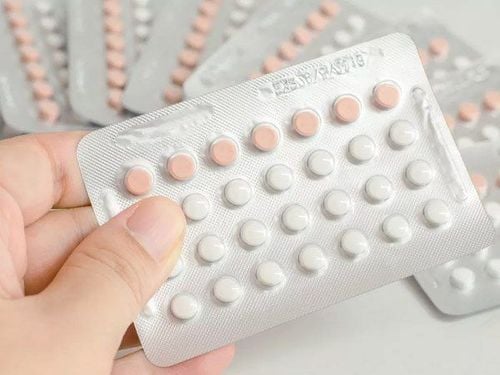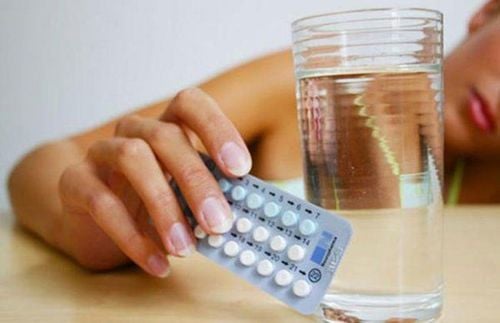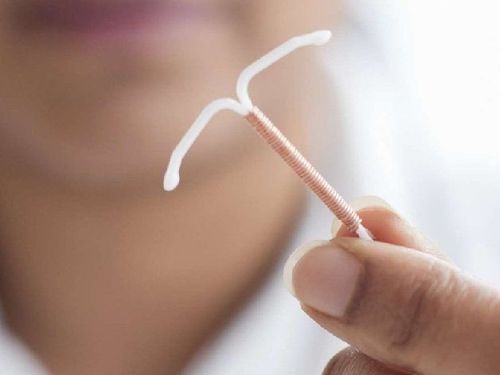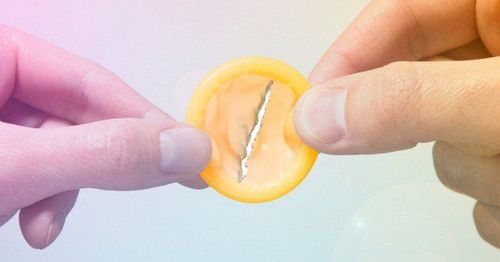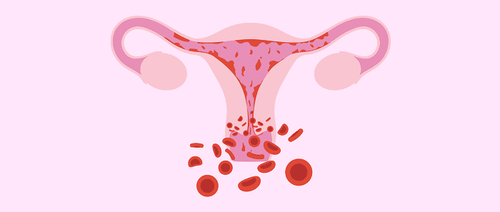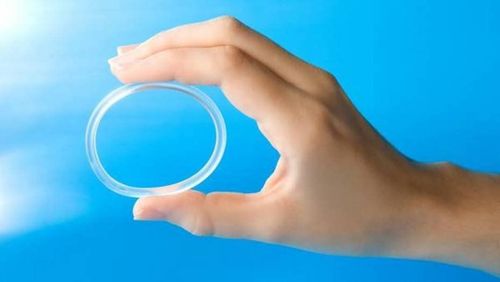This is an automatically translated article.
The article is professionally consulted by Specialist Doctor II Lai Thi Nguyet Hang - Department of Obstetrics and Gynecology - Vinmec Ha Long International General Hospital.
An IUD (also known as an IUD) is a small, often T-shaped device that is inserted into the uterus to provide protection against pregnancy for many years. Currently, the most modern IUD is the hormonal IUD (Mirena ring) which is highly effective in preventing pregnancy and limiting the unwanted side effects of traditional IUDs.
1. Structure features of the hormonal IUD
The Mirena hormonal IUD is a T-shaped, made up of a flexible resin impregnated with Sulfate Barium, creating a contrast-enhanced image. Therefore, the doctor can see the presence of rings on ultrasound and on X-ray films.The length of the hormonal IUD is 32mm, at the end of the T-frame is a small ring with a polyethylene wire attached. Underneath the T-branch is a 19mm long cylindrical tube, containing 52mg of levonorgestrel, outside covered with a polydimethylsiloxane film that regulates the release of levonorgestrel in the uterine cavity, creating the contraceptive effect of Mirena.
The initial rate of release of levonorgestrel per day into the uterus is 20μg and after 5 years will decrease to about 11μg/day.
Trắc nghiệm: Bạn đã biết cách tránh thai an toàn chưa?
Có rất nhiều biện pháp tránh thai an toàn nhưng không phải ai cũng biết được điều đó. Trả lời đúng những câu hỏi trắc nghiệm dưới đây chứng tỏ bạn có kiến thức tốt về các biện pháp ngừa thai an toàn.2. How does the IUD work?
After the hormonal IUD is inserted, levonorgestrel will thicken the cervical mucus, forming a barrier to prevent sperm penetration, reducing sperm motility. Therefore, the sperm will not meet the egg to fertilize it. In addition, in case the sperm still meets the egg to fertilize, the IUD also thins the endometrial layer, making it unsuitable for a fertilized egg to implant. As a result, this IUD is effective in preventing pregnancy. And the shelf life of the endocrine ring is 5 years.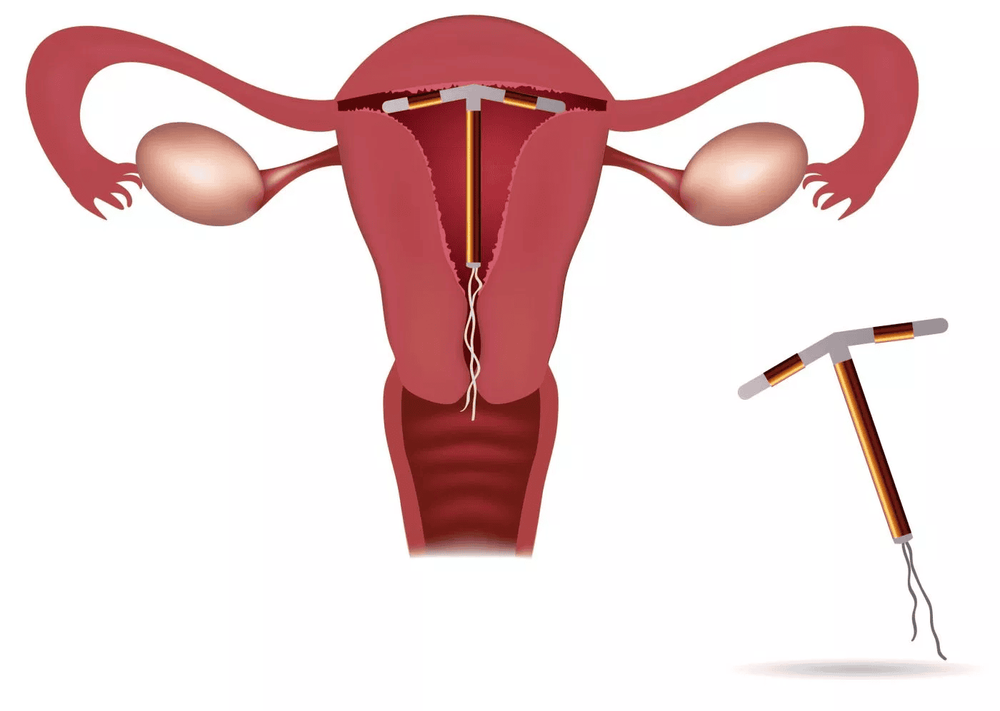
3. The effect of the Mirena vòng ring
Is the hormonal IUD good? The IUD with Progesterone possesses many uses such as:High effectiveness in contraception: the pregnancy rate in the first year of using the IUD is 0 - 0.2%, the cumulative pregnancy rate in 5 years of using the IUD is 0 to 0.2%. 0.5-1.1%. This result shows that the contraceptive effectiveness of Mirena ring reaches 99%. Therefore, the Mirena ring is considered to be as effective as sterilization but has the ability to restore a woman's reproductive function quickly. Support in the treatment of hypermenorrhea and menorrhagia: the hormonal IUD, in addition to preventing pregnancy, is also considered an effective treatment for cases of functional menorrhagia related to hormonal factors or menorrhagia. uterine fibroids, endometriosis. The reason is that the levonorgestrel release mechanism of the endocrine ring helps to reduce endometrial hyperplasia during the first 3-6 months of use, helping to reduce menstrual blood volume and number of menstrual days. Preventing and supporting the treatment of anemia (because it reduces the number of menstrual days and the amount of menstrual blood). Reduce symptoms of menstrual pain. Reduce the risk of ectopic pregnancy. Reduces the risk of pelvic inflammatory diseases, cervicitis, endometritis. No effect on body weight.
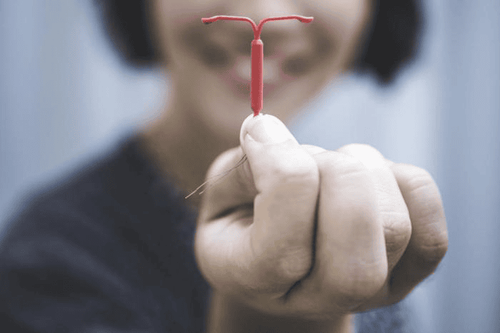
4. Indications and contraindications for using hormonal IUDs
Should I insert a hormonal IUD? Depending on the specific case, it will be indicated whether or not to place the Mirena ring.4.1 Who should be placed in the ring Women who want long-term contraception but can still restore fertility when needed. People with menorrhagia, hypermenorrhea, dysmenorrhea due to hormonal disorders, endometriosis, uterine fibroids. Used as hormone replacement therapy in postmenopausal women who cannot tolerate oral progestin. 4.2 Contraindicated subjects for hormonal IUD insertion Pregnant women. Have breast cancer. Have an acute pelvic inflammatory disease. Postpartum infection. Infection after miscarriage, abortion. The cause of bleeding has not been diagnosed.

5. Cons of IUD insertion
Causes spasms and pain at the time of insertion of the ring. Can cause menstrual disorders, prolonged bleeding, breast pain, headaches, acne,... However, these symptoms are usually only seen in the first month of ring placement and will decrease over time. May cause uterine perforation (rare). In some cases, the ring is out of position or slipped low. The cost is quite high compared to the traditional IUD (the cost of buying the ring and performing the procedure is about 3 million VND).6. Time to put the hormonal IUD
Put Mirena within the first 7 days of your period. It can be placed at another time of the cycle if it is certain that the woman is not pregnant. Immediately after abortion. Change birth control method while using another long-term birth control method. 6 weeks after giving birth. If you don't have a period, you need to make sure you're not pregnant before you can insert a hormonal IUD. Postpartum and breastfeeding women can be placed Mirena because it does not affect the quality of breast milk and the development of the baby. Once the hormonal IUD is removed, your fertility and ovarian function will immediately return. Therefore, this method of birth control is more and more popular today.Please dial HOTLINE for more information or register for an appointment HERE. Download MyVinmec app to make appointments faster and to manage your bookings easily.





